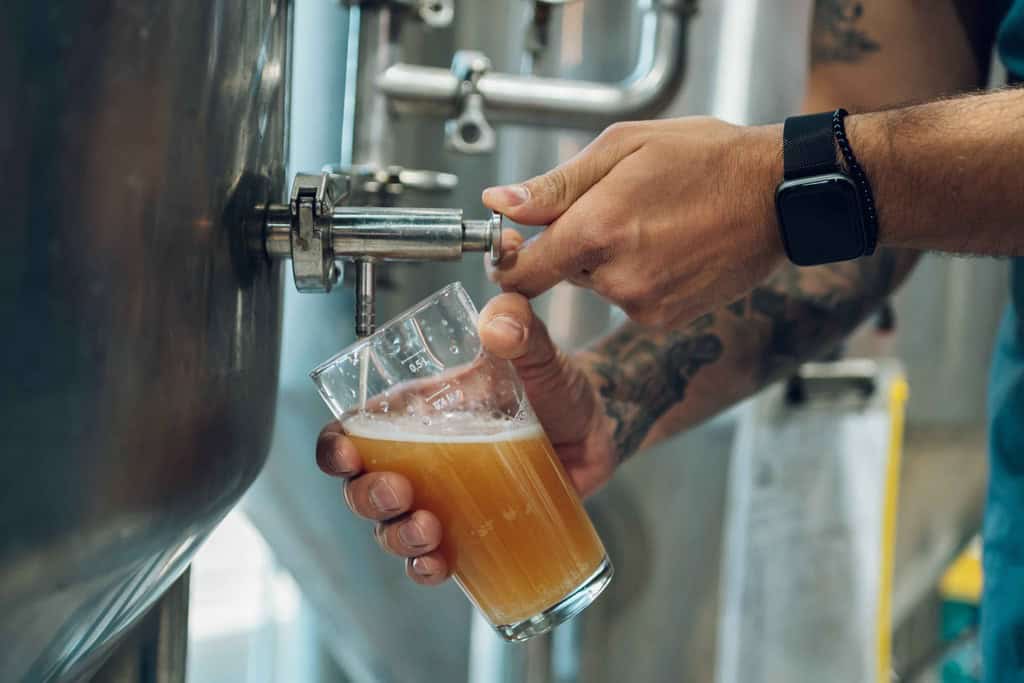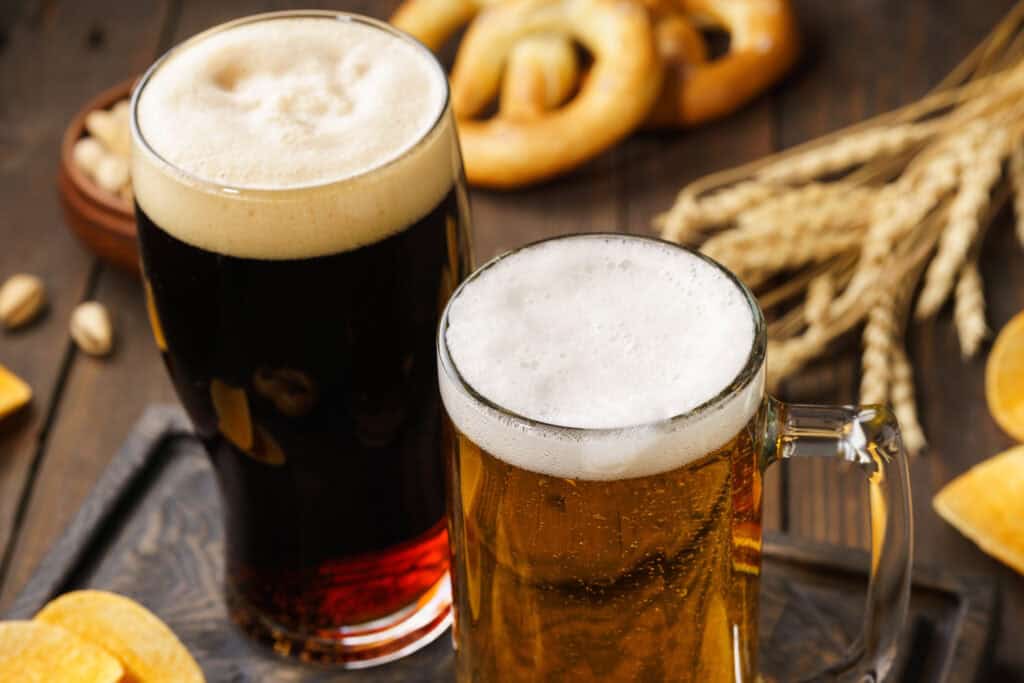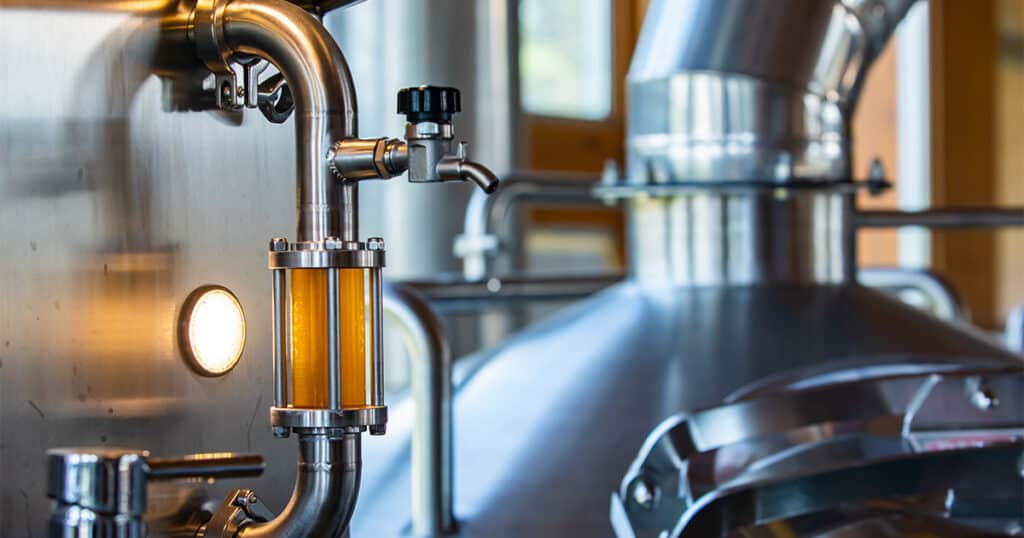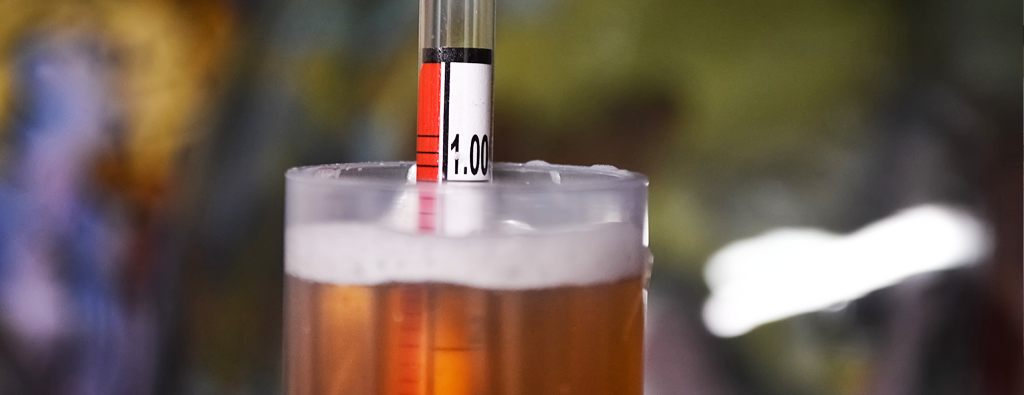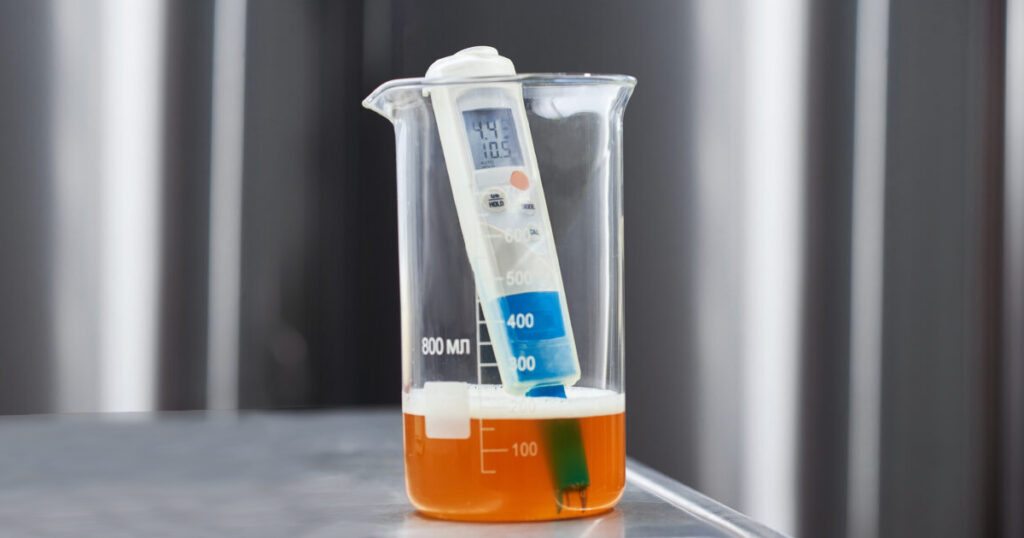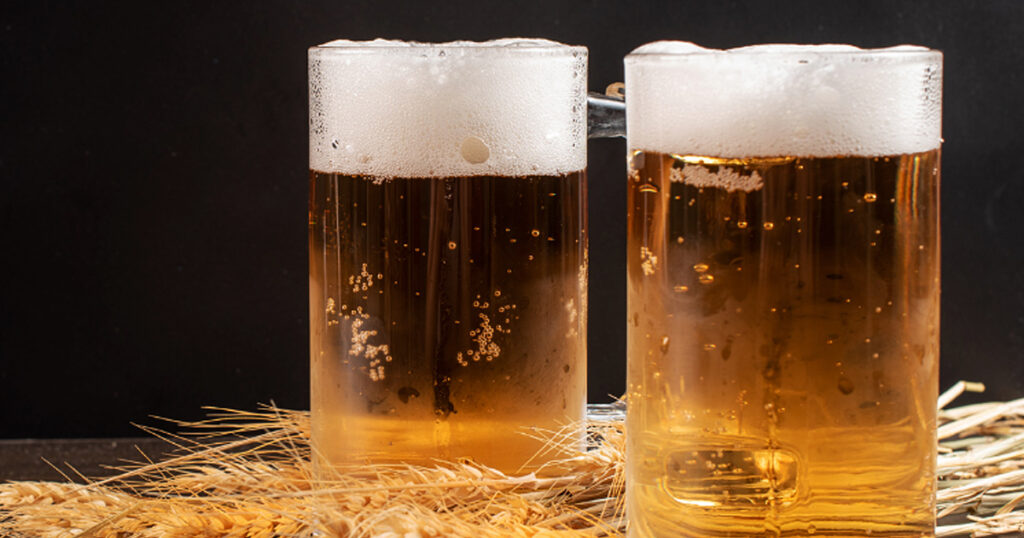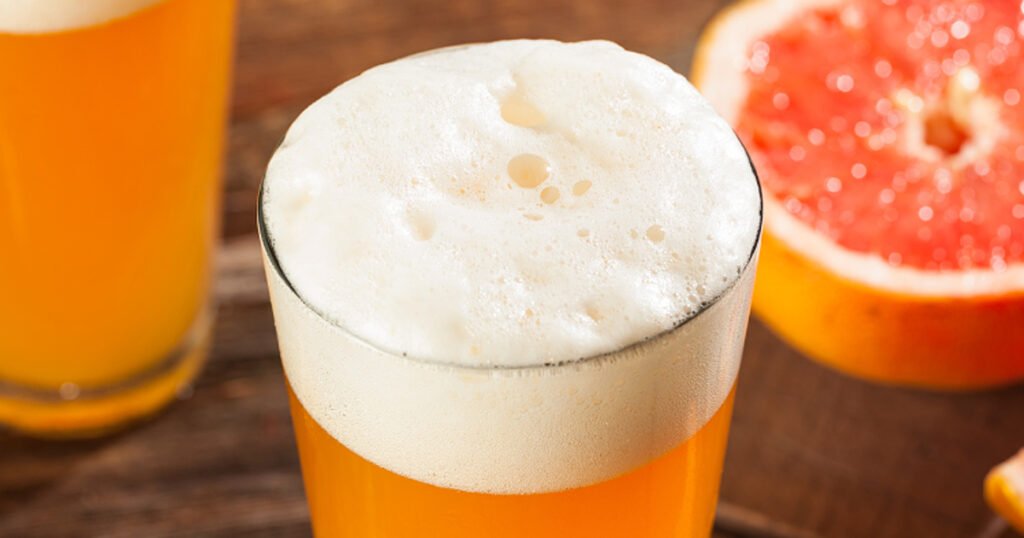Brewing Science
Low Fence Sets a High Bar: Improving Lagers with Decreased Temperature
Jaron’s initial goal was to use BrewIQ data to decrease his overall tank time for Low Fence; however, he discovered that the improvements made in overall flavor and sensory experience actually justified an INCREASED tank time
Read MoreWhat’s Old is New: Craft Lager Has Seen a Resurgence
Lagers are a versatile family of styles and can cater to a diverse range of customers and palates. Ranging from light to full-bodied, golden to dark, the craft lager is fast becoming the preferred beer of many consumers.
Read MorePrecision Fermentation CEO discusses the future of beverage production on Consuming the Craft
In today’s episode, I sat down with Jared Resnick, one of the founders of Precision Fermentation. We delved into the world of precision fermentation and how their company is revolutionizing data collection and analysis in the fermentation industry. Jared shared insights into the technology behind their system and how it provides real-time data to optimize…
Read MoreHow to Aerate Your Wort for Efficient Fermentation
Are your beers getting stuck with stuck fermentations, off-flavors, under attenuation, or longer than usual fermentation times? Your solution could lie in a missing ingredient that you may have been taught to avoid like bugs on your clean side: oxygen. Common belief misinstructs early stage brewers to keep oxygen as far away from post-boil wort…
Read MorePrecision Fermentation Featured on Professional Brewers’ Podcast
Recently Groennfell Meadery’s Ricky Klein sat down with Precision Fermentation’s Senior Product Development Specialist Dave Frizzell to talk about brewing, using data to manage fermentation, why data analysis means more than just gravity readings, how temp and pressure monitoring safeguard your cellar, and details on how to use conductivity and pH readings to make better…
Read MoreNew Research Finds Sampling Inaccurate and Imprecise
MBAA Technical Quarterly just released a research report by University of Northern Colorado. The results may come as a shock to the brewing industry, as it reveals there are biases in density measurements, leading to differences in the accuracy and precision of them.
Read MoreAcid in Beer: The Science and Scientists
In 1909, the head scientist of Carlsberg Research Laboratory, S.P.L. Sørensen introduced the pH scale as an easy way to conceptualize acidity of aqueous solutions. His research, funded privately by Carlsberg Brewery, was part of the efforts to understand the biochemical processes of brewing and fermentation.
Read MoreThe State of Sustainability in Brewing
Learn about the 7 key areas where real-time monitoring provides a substantial advantage over sampling, helping to optimize fermentation.
Read MoreTechnology & Fermentation: How to Make Your Brewing More Competitive
Learn about the 7 key areas where real-time monitoring provides a substantial advantage over sampling, helping to optimize fermentation.
Read MoreFrom Kettle To Barrel: How To Brew a Fruited Sour Beer
From Kölsch to cold IPA, American brewers, scientists, and aficionados are viewing the old ale-lager dichotomy as increasingly misleading—and what matters, in the end, is what we taste in the glass.
Read More
